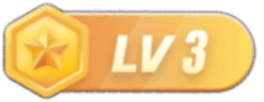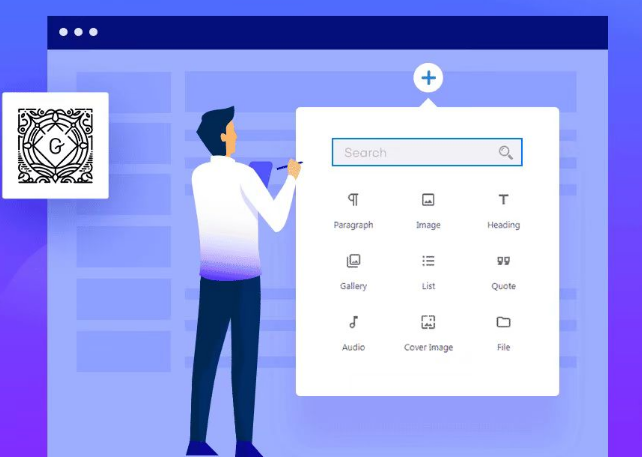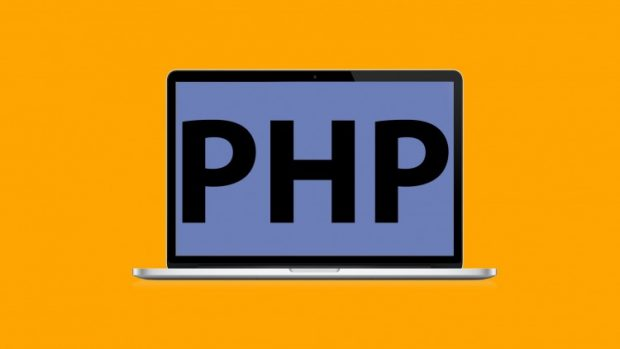![图片[1]-如何在 WordPress 中添加和管理内部链接:全面指南-光子波动网 | 专业WordPress修复服务,全球范围,快速响应](https://www.361sale.com/wp-content/uploads/2024/08/2024081908301572.png)
在 WordPress 中添加和管理内部链接是提升网站 SEO 和用户体验的关键步骤。内部链接不仅有助于提高网站的可访问性,还能增强页面之间的关联性,从而提升搜索引擎排名。在这篇文章中,我们将深入探讨如何在 WordPress 中添加和管理内部链接,包括手动添加、使用插件,以及遵循的一些最佳实践。
为什么内部链接对 SEO 很重要?
内部链接是指将一个页面的内容链接到同一网站上其他相关页面的链接。这些链接不仅可以帮助用户更好地导航,还能帮助搜索引擎更好地理解和抓取网站的内容。具体来说,内部链接在以下几个方面对 SEO 非常重要:
- Enhancing the user experience:内部链接可以引导用户浏览更多相关内容,增加用户在网站上的停留时间。这不仅提高了用户体验,还可能增加转化率。
- 帮助搜索引擎抓取内容:通过内部链接,搜索引擎可以更好地理解页面之间的关系,并优先抓取和索引重要的页面。Google 会通过这些链接来判断内容的相关性和权威性,从而决定在搜索结果中的排名。
- 增强页面权威性:通过内部链接,可以将更多流量引导至高价值页面,从而提升这些页面的权威性和排名。
如何在 WordPress 中手动添加内部链接
手动添加内部链接是最基本的操作,适合那些希望对链接有更多控制的用户。以下是手动添加内部链接的步骤:
- 导航到想要编辑的页面或帖子:在 WordPress 仪表板中,选择“card"or"web page"→"All Posts"or"All Pages”,对选择的页面或帖子进行编辑,或新添加进入编辑器界面。
![图片[2]-如何在 WordPress 中添加和管理内部链接:全面指南-光子波动网 | 专业WordPress修复服务,全球范围,快速响应](https://www.361sale.com/wp-content/uploads/2024/08/2024081907580625.png)
- 突出显示锚文本:在编辑器中,选择希望添加链接的文本(即锚文本)。锚文本应尽可能描述性强,以便用户和搜索引擎了解链接的内容,例如“在选择合适的 WordPress SEO插件时,了解不同插件的优缺点至关重要”。
- Add link:点击编辑器中的链接图标,弹出链接框。在搜索框中输入你想要链接的页面或帖子关键词,WordPress 会自动为你匹配相关的页面。选择要链接的页面,然后点击“应用”。
![图片[3]-如何在 WordPress 中添加和管理内部链接:全面指南-光子波动网 | 专业WordPress修复服务,全球范围,快速响应](https://www.361sale.com/wp-content/uploads/2024/08/2024081908043268.png)
- Publish or update:完成链接添加后,点击“发布”或“更新”按钮,以保存你的更改。
![图片[4]-如何在 WordPress 中添加和管理内部链接:全面指南-光子波动网 | 专业WordPress修复服务,全球范围,快速响应](https://www.361sale.com/wp-content/uploads/2024/08/2024081908053966.png)
draw attention to sth.:为了确保链接到最相关的页面,可以在 Google 中使用”site:[yoursite.com] [topic you’re looking for]” 进行搜索,找到网站上与该主题相关的页面。
utilizationplug-in (software component)自动添加和管理内部链接
![图片[5]-如何在 WordPress 中添加和管理内部链接:全面指南-光子波动网 | 专业WordPress修复服务,全球范围,快速响应](https://www.361sale.com/wp-content/uploads/2024/08/2024081908180472.png)
手动管理内部链接比较繁琐和耗时。使用插件来自动化这一过程是个好选择。以下是一些常用的 WordPress 内部链接插件:
- All in One SEO – Link Assistant::
- functionality:AIOSEO 的链接助手功能可以为每个帖子和页面提供智能的内部链接建议。用户可以根据建议轻松添加内部链接。
- drawbacks:建议主要基于关键词,可能会有一些不相关的建议。
- Rank Math::
- functionality:该插件快速扫描网站内容并提供内部链接建议。用户可以将建议的链接复制粘贴到编辑器中。
- drawbacks:Rank Math 并不支持自动添加链接,所有链接仍需手动添加。
- Link Whisper::
- functionality:这是一款高级插件,能够直接在 WordPress 编辑器中建议并自动添加内部链接。用户可以自定义链接建议,选择包含和排除的内容。
- drawbacks:Link Whisper 的高级版本才支持自动添加功能,并且其 AI 可能无法完全理解内容上下文,导致一些不相关的链接建议。
内部链接的最佳实践
为了确保内部链接发挥最佳效果,应该遵循以下最佳实践:
- 链接到相关页面:确保链接指向与原始搜索意图相关的页面。例如,如果文章是关于员工宣传的,请avoids链接到与 PPC 广告设置相关的文章。
- 使用描述性锚文本:使用与链接页面内容相关的描述性锚文本,避免使用“点击这里”或“查看此处”之类的通用词语。
- 合理分配链接数量:每篇文章应包含 3 到 5 个内部链接。太少的链接会让 Google 很难抓取到所有内容,而太多的链接则会使页面显得杂乱无章。
- 引导流量至高转化率页面:尽量将用户引导至高转化率页面,如产品页面或订阅页面,但前提是链接仍需与原始内容相关。
- 定期检查并修复断链:断开的链接不仅会影响用户体验,还会导致 SEO 降分。使用 Link Whisper 或其他断链检测工具,定期检查并修复断开的链接。
![图片[6]-如何在 WordPress 中添加和管理内部链接:全面指南-光子波动网 | 专业WordPress修复服务,全球范围,快速响应](https://www.361sale.com/wp-content/uploads/2024/08/2024081908292213.jpg)
summarize
内部链接是增强网站 SEO 和用户体验的一个重要手段。无论选择手动添加链接,还是使用插件自动化这一过程,确保链接到相关内容、使用描述性锚文本并定期检查断链,都是有帮助的。通过遵循上述指南,特别是结合 WP self-taught website builder 提供的实用技巧,能够创建一个更加紧密关联、用户友好且搜索引擎友好的 WordPress 网站。
Link to this article:https://www.361sale.com/en/17082The article is copyrighted and must be reproduced with attribution.























![表情[xiaojiujie]-光子波动网 | 专业WordPress修复服务,全球范围,快速响应](https://www.361sale.com/wp-content/themes/zibll/img/smilies/xiaojiujie.gif)








No comments